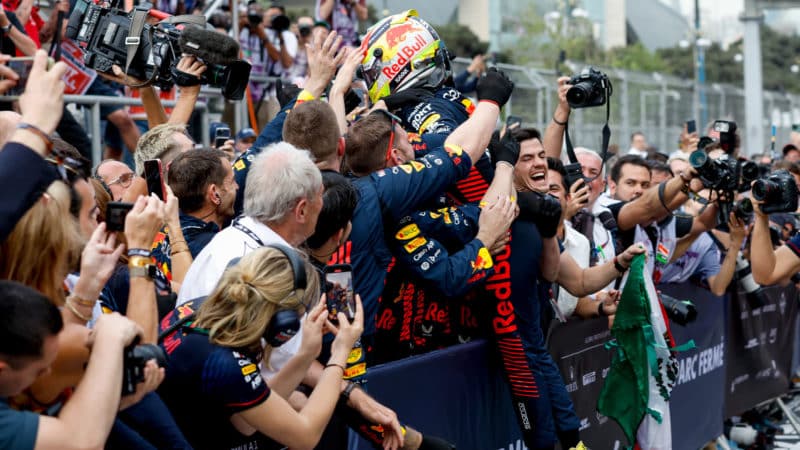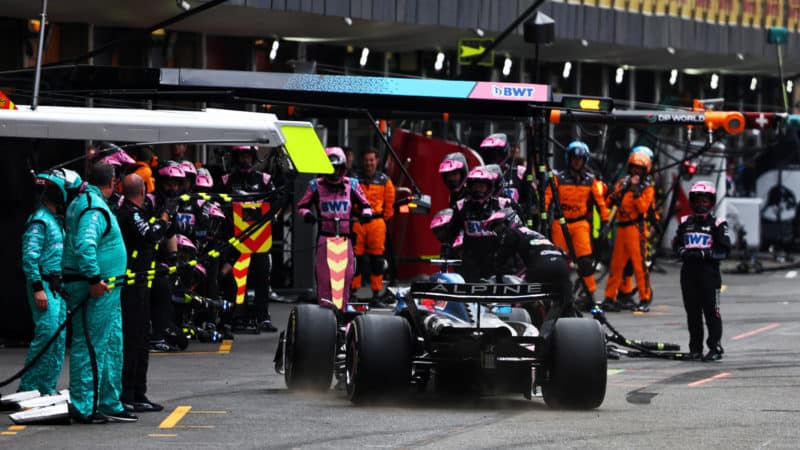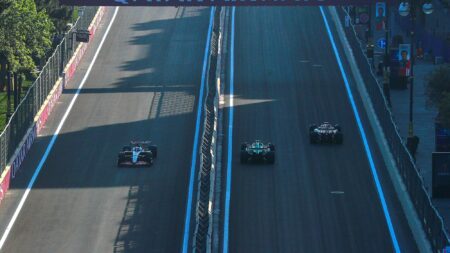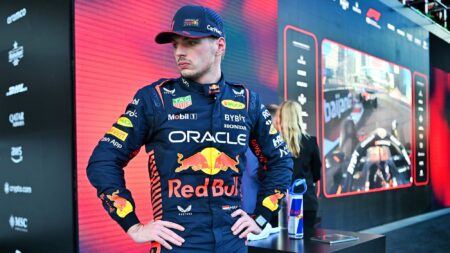Now, in many categories photographers are allowed in the pit lane even during the race itself, but at this point seeing them flooding out into the pit lane instantly suggested they were unaware that Ocon was set to come in.
Again, that’s not their fault as they’ve been constantly on the move to take photos throughout the race rather than watching it on screens like so many of the rest of us, but it was terrifying seeing the number of people in the way — as scrutineers also took up their positions by the parc fermé barrier for post-race — knowing that an F1 car was about to arrive at speed.
It was a massive breakdown in communication, because it was an unusual situation. In the past, all of the drivers would have made their pitstops, but nobody had alerted those getting on with their usual parc fermé work that something was different this time.
Something will need to be different next time, too. The FIA says it will make the necessary changes to procedures, and it needs to, because the race itself was being ignored in that instance. What was being prioritised at that very point in time was the post-race moments, how they would look and how they’d be handled. Well, what good are they without the race in the first place?
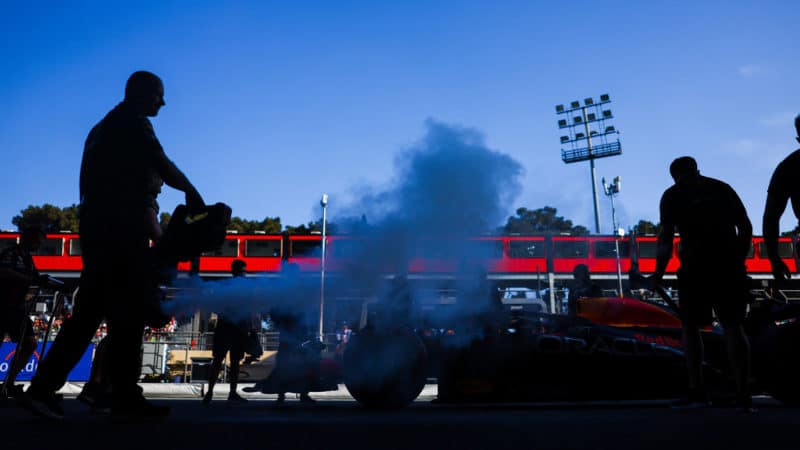
FIA says it will make the necessary changes to procedures
Getty Images
The race needs to take precedence over everything else. Even disregarding the risk of injury or worse, you can’t have a driver whose result after two hours of racing could be compromised by the desire to have an aesthetically pleasing set-up for the top three celebrations ready as quickly as possible.
We’ve become accustomed to such high speed in F1 that Ocon’s onboard, as scary as it was, looks far more tame than the reality. An F1 car in a single lane at 50mph still arrives quickly, and with far less warning than you might think given the lack of an audible cue when a pitting car is drowned out by the field doing over 200mph on the other side of the pitwall.
